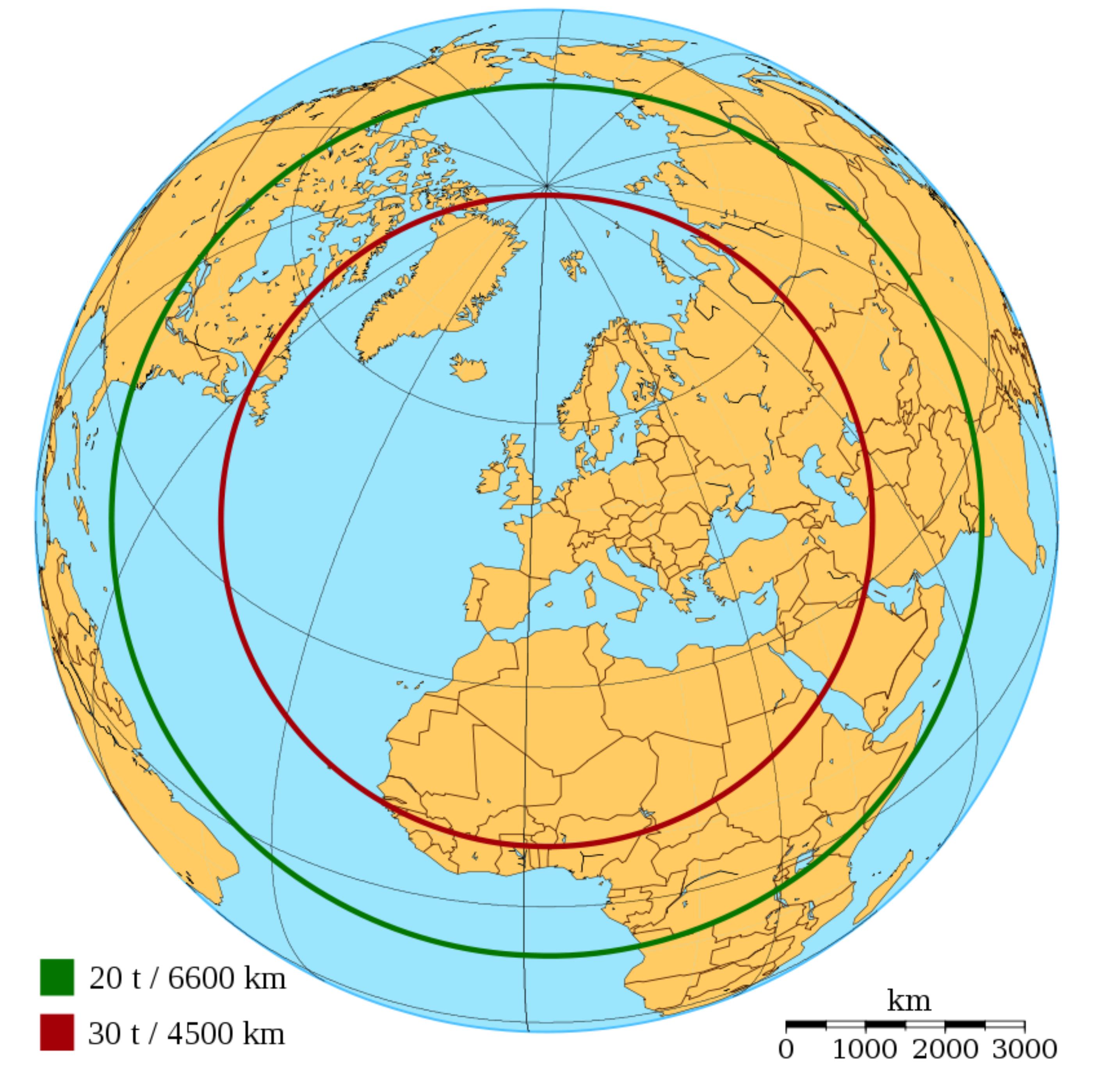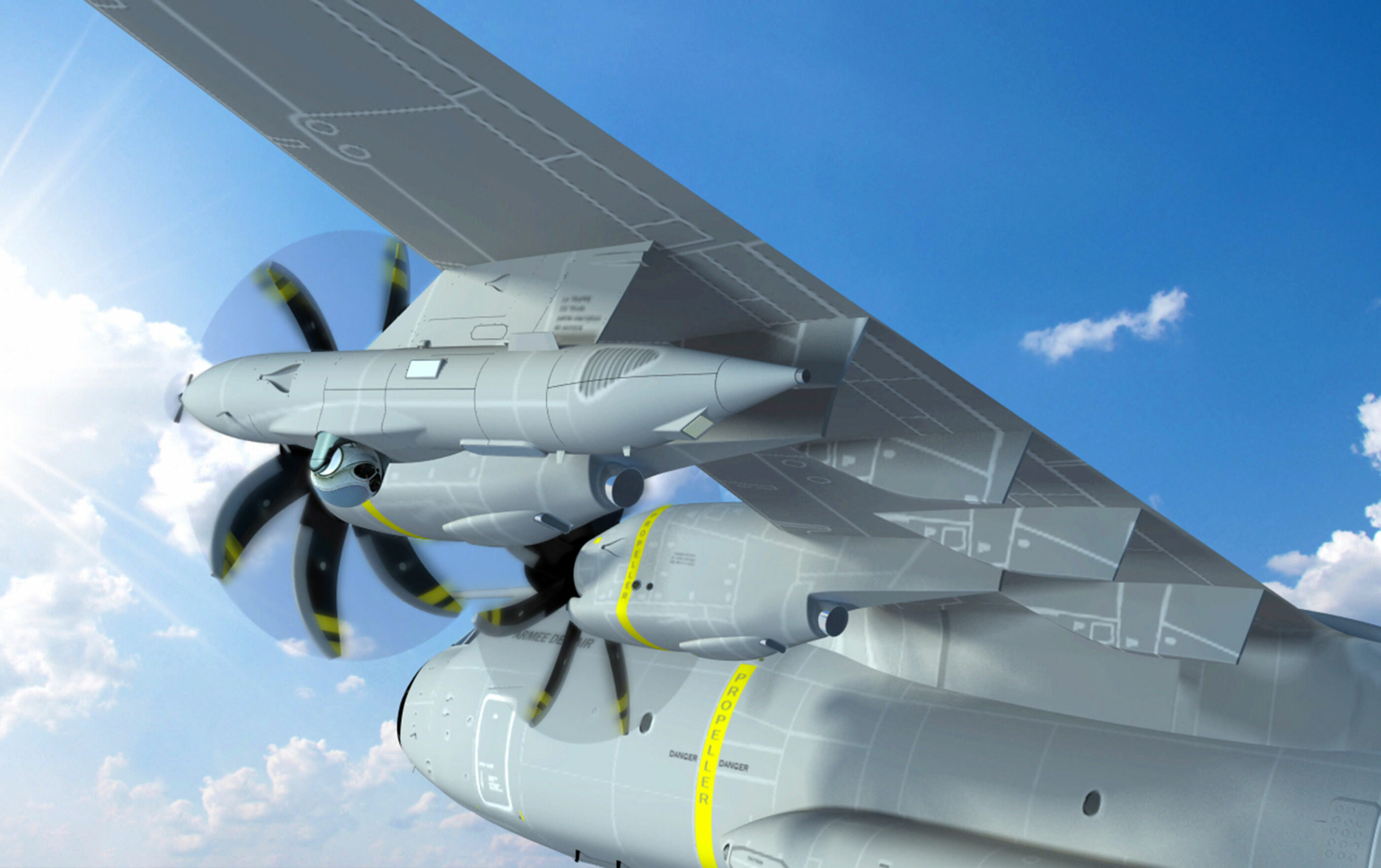

With the addition of a simple underwing pod, Turgis Gaillard can transform the Airbus A400M transport aircraft into a strategic reconnaissance, multi-domain intervention or oceanic search and rescue aircraft.
Introducing NITRATHE, one of the best examples of the Turgis Gaillard method for producing very high value-added effects by reusing existing, qualified, in-service and supported resources.
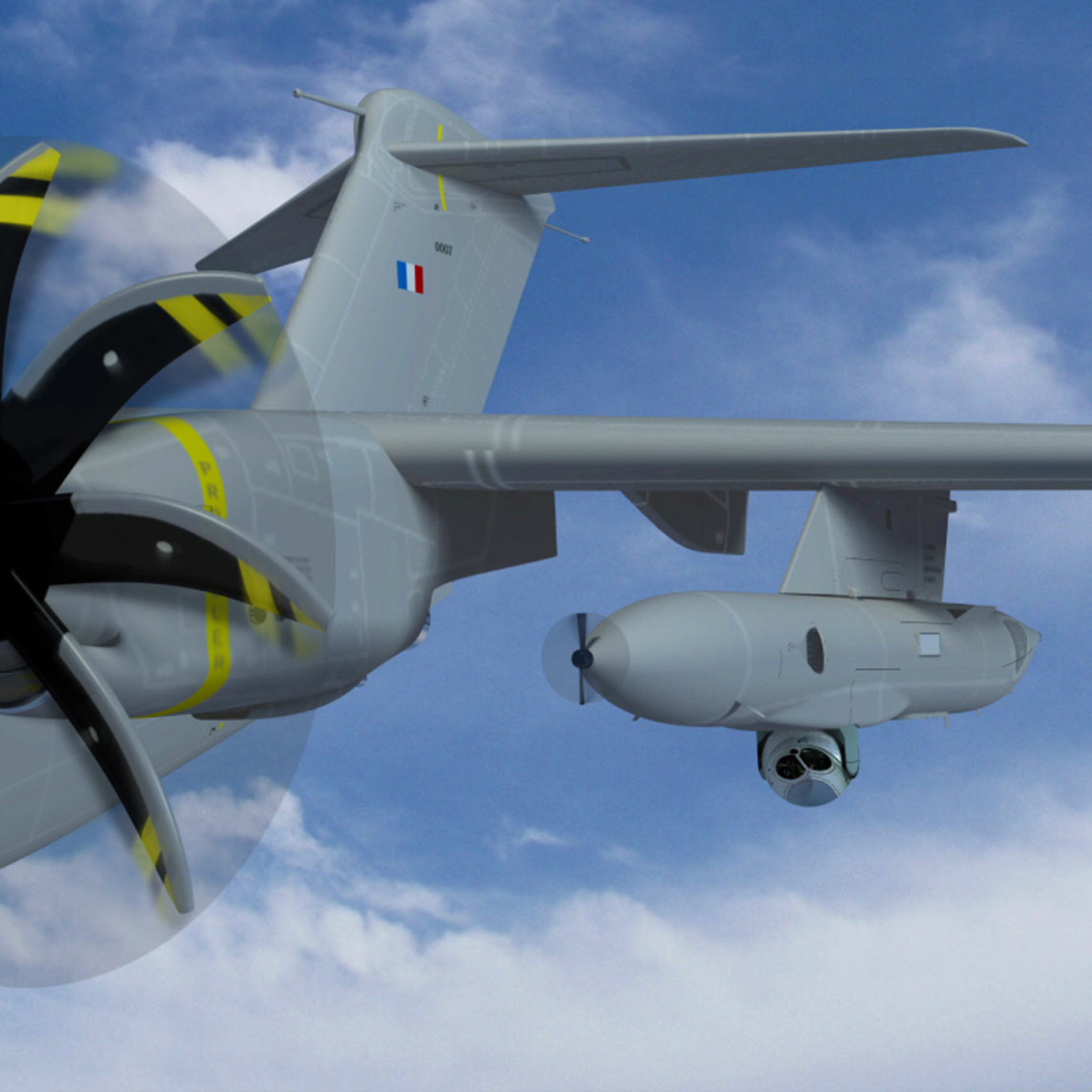
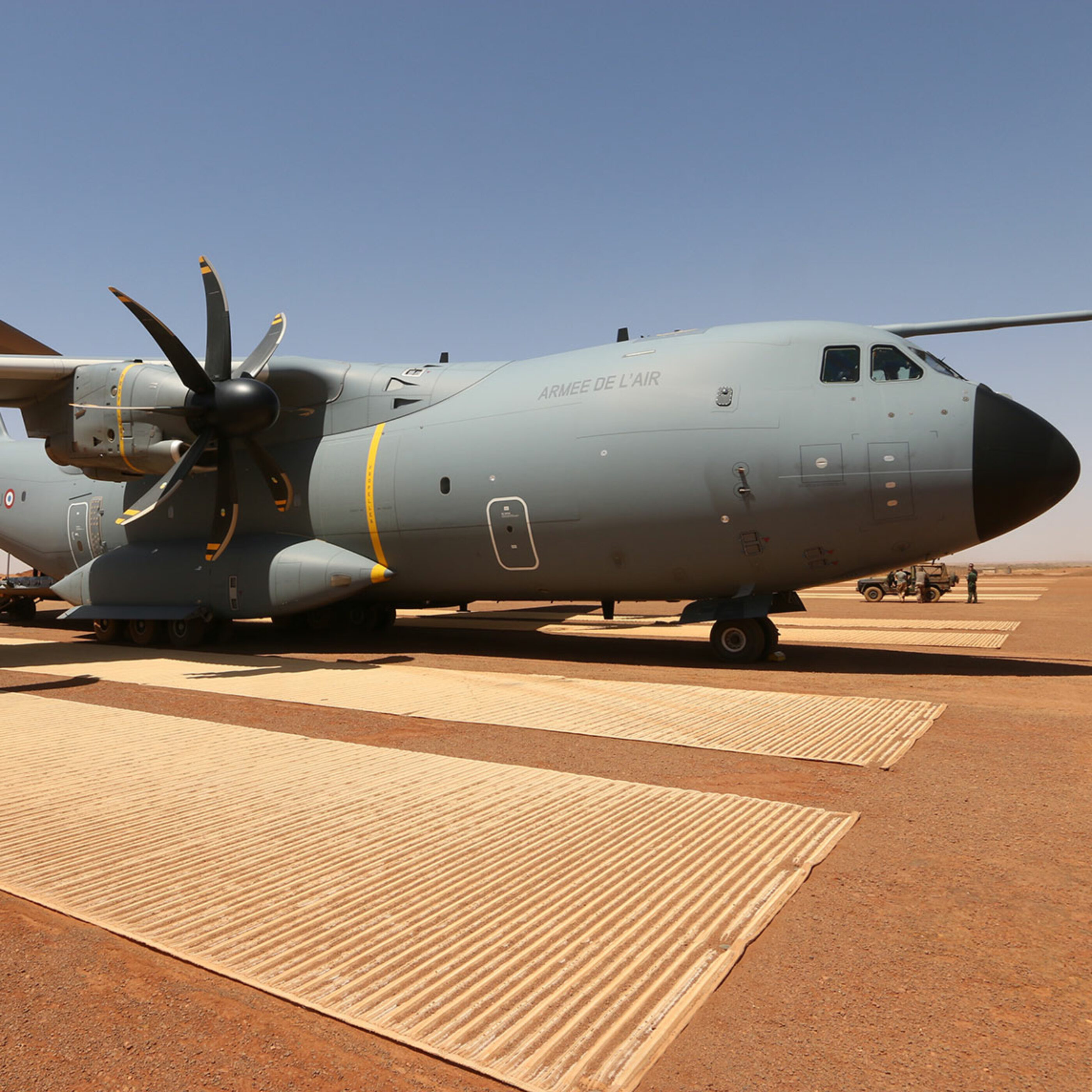
Integrating NITRATHE is surprisingly easy, and the capabilities offered are spectacular.
Equipped with NITRATHE, an A400M taking off from a base with a special forces team can:
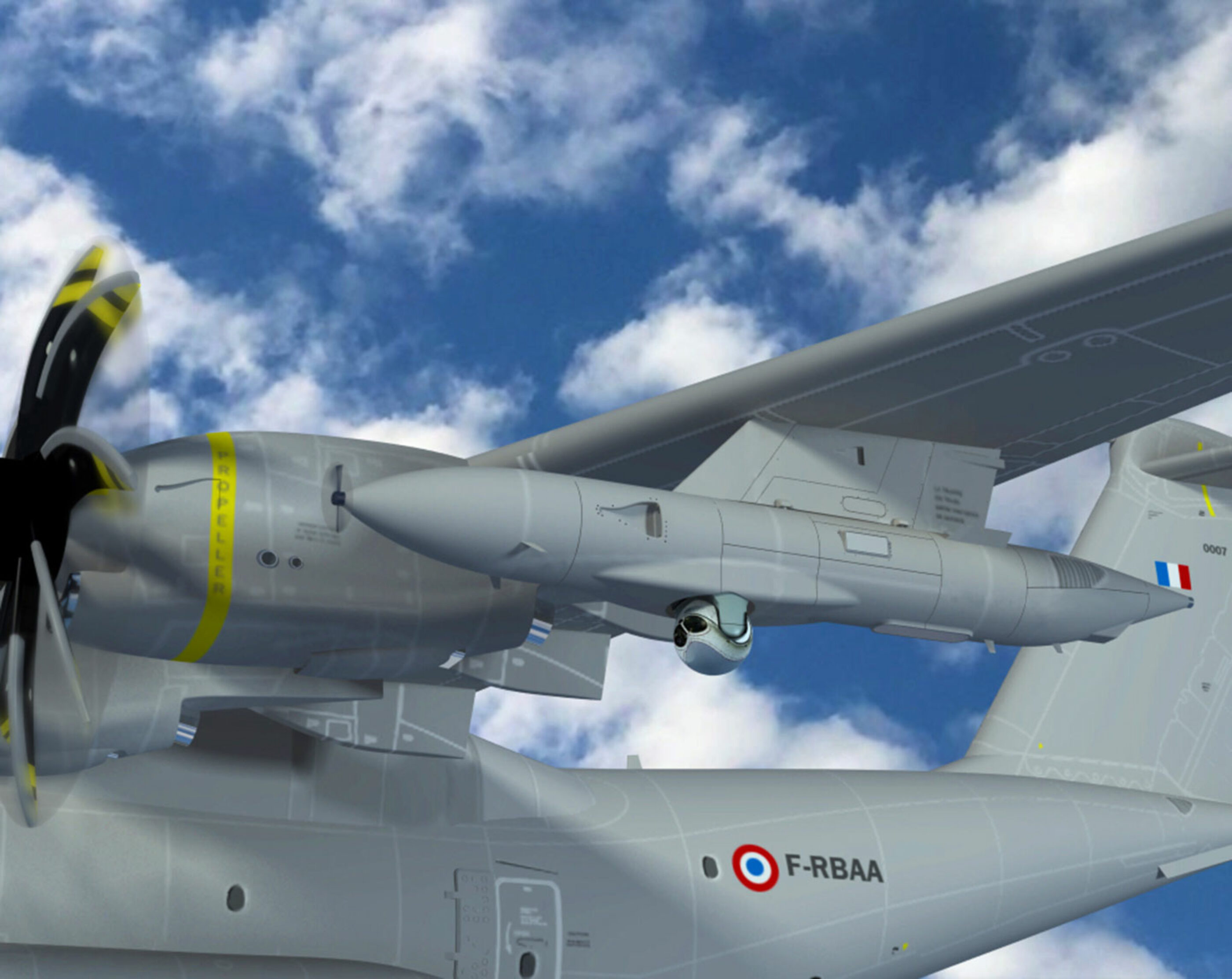
In the same way that the aircraft can carry out high value-added intervention missions, NITRATHE offers the possibility of carrying out very long-range ISR missions of strategic importance.
NITRATHE offers the same imagery intelligence (IMINT) capabilities as Light Surveillance and Reconnaissance Aircraft, but with three to four times the reach and endurance. For certain missions, this can prove decisive.
And as any A400M in a transport squadron can be fitted with a NITRATHE pod in half a day, this strategic capability can be deployed on an ad hoc basis, offering optimized platform utilization.
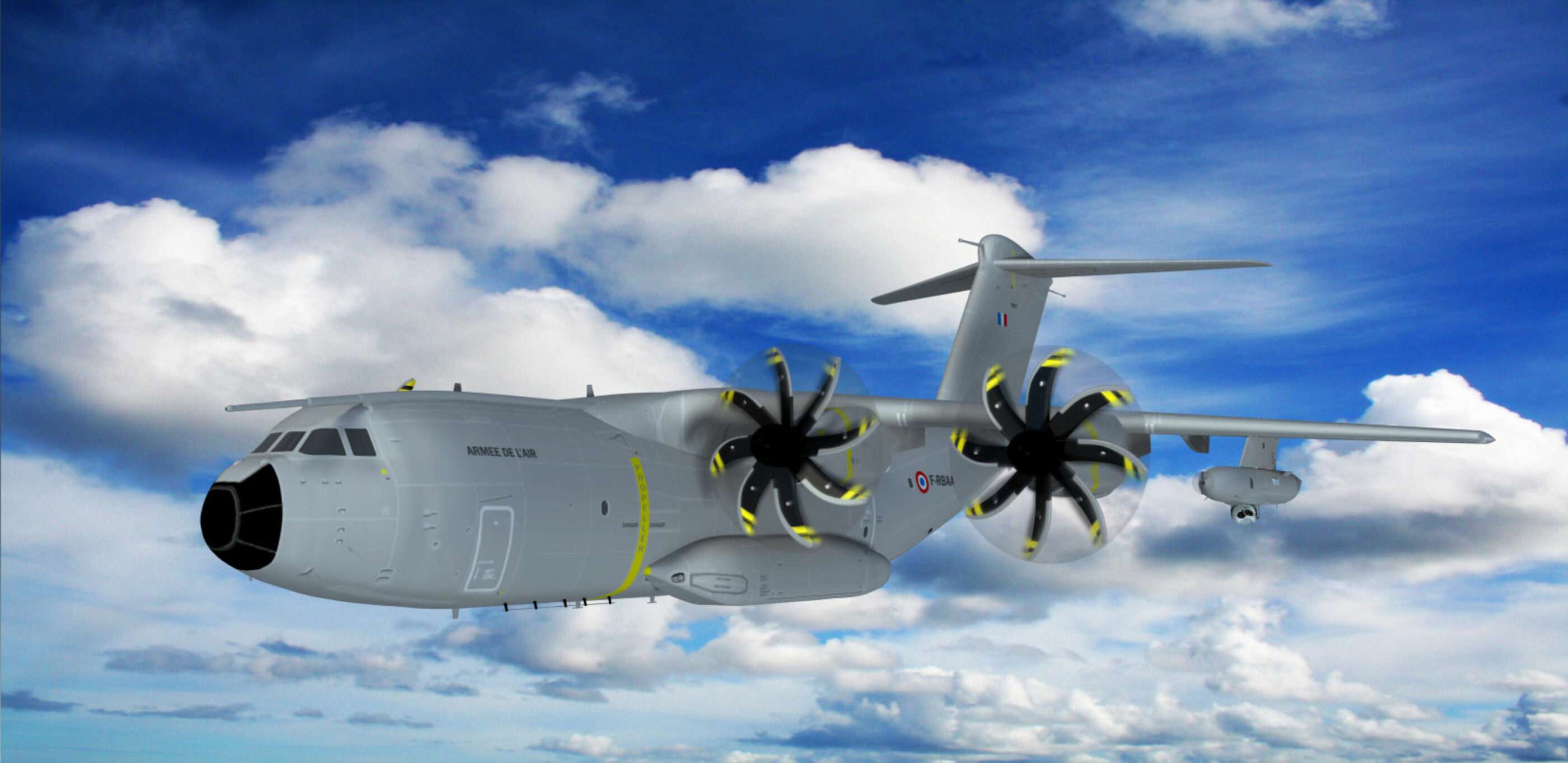
In the event of a shipwreck or emergency at sea, NITRATHE provides day and night search and identification capabilities for aircraft deployed on maritime rescue missions.
The aircraft’s endurance and payload capacity make it an ocean-going intervention aircraft, heir to the Lockheed 749 Constellation SAR of the French Air Force and equivalent to the HC-130 of the U.S. Coast Guard.
